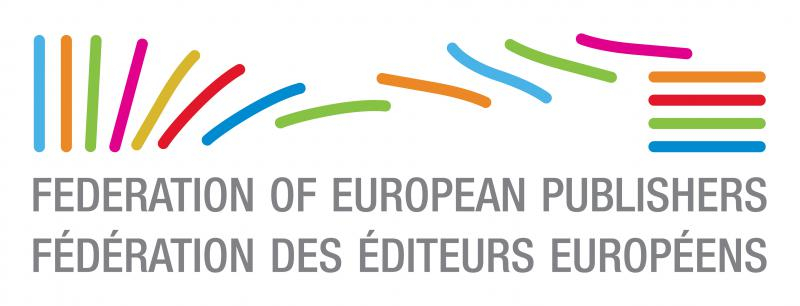With Christmas approaching, IPA Associate Member, the Federation of European Publishers (FEP), revealed stable sales figures in 2017 for the European publishing industry (€ 22.2 billion) with the majority of markets showing some degree of growth set against exchange rate effects impacting the British market and a few big markets contracting. FEP estimated the total market value at €36-38 billion with 610,000 new titles published by companies employing around 130,000 people full time (rising to over half a million people if the entire book value chain is taken into account).
The first European countries to release figures on 2018 data were Italy and Germany. The Italian Publishers Association’s figures were down slightly (0.4%) after a very successful 2017 (which had seen a 5.8% increase). Physical book shops still dominate, accounting for 69% of sales, and eBooks represent 5% of turnover.
Announcing the figures, AIE President Ricardo Franco Levi said: ‘The data confirm once again the value and weight of the book in the culture and economy of Italy. However, there is a need for an intervention of strong policies to support the demand and promotion of reading.’
The German figures for 2018 saw a more stable year after a poor 2017. A very slight increase in sales of 0.1% across all sales channels (including Amazon) with particularly strong years for non-fiction (up 5.5%) and children’s books (up 3.3%).
Outside Europe, the Association of American Publishers published its latest statshot for 2018 covering the year to November. Those figures make positive reading with revenue for trade books (sales to bookstores, wholesalers, direct to consumer, online retailers, etc.) totalling $7.29 billion for the year-to-date (Jan. – Nov. 2018), up by $330.3 million (+4.7%) compared to the same timeframe in 2017.
In China, Xinhua news agency reported a year on year 11.3% rise in retail sales of books reaching $13.1bn. The year saw 203,000 new books published with purchases via online stores rising by 27% and bookstore sales dropping 6.69%.
The Spanish Publishers Association also released its annual reading habits report which reported 67.2% of the population had read a book in 2018. The report reveals that those who read eBooks tend to read more books than those reading physical books (13.2 per year compared to 11.2. per year) but, perhaps worryingly, 79% of digital books read in the last year were obtained without paying for them.
IPA and WIPO are currently finalising our own worldwide figures for 2017, which should be released in the coming months. Results of a pilot survey were published last year. The push to have comparable statistics from around the world is a difficult one. The IPA encourages all publishers’ associations and national IP and statistics offices to gather statistics in this field to enable informed policy making in a range of areas including education, literacy, copyright and culture.

